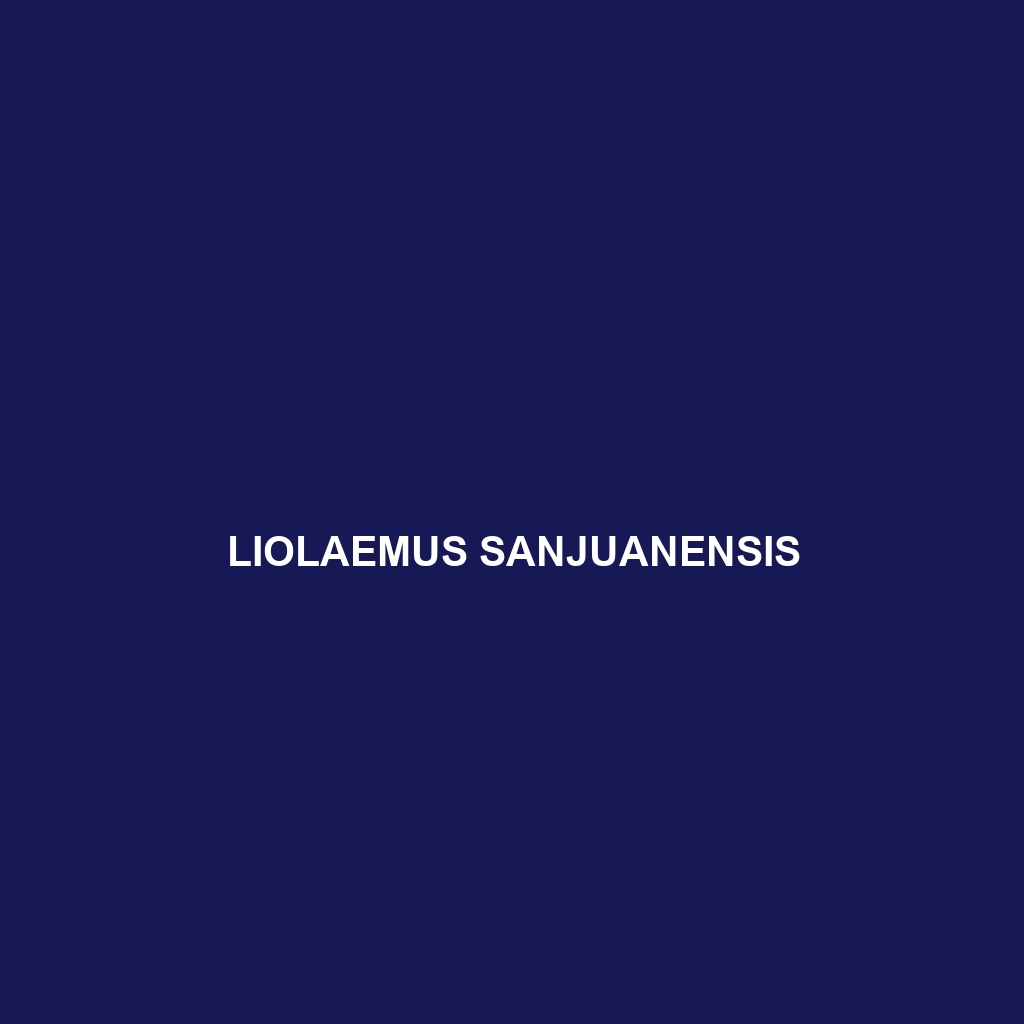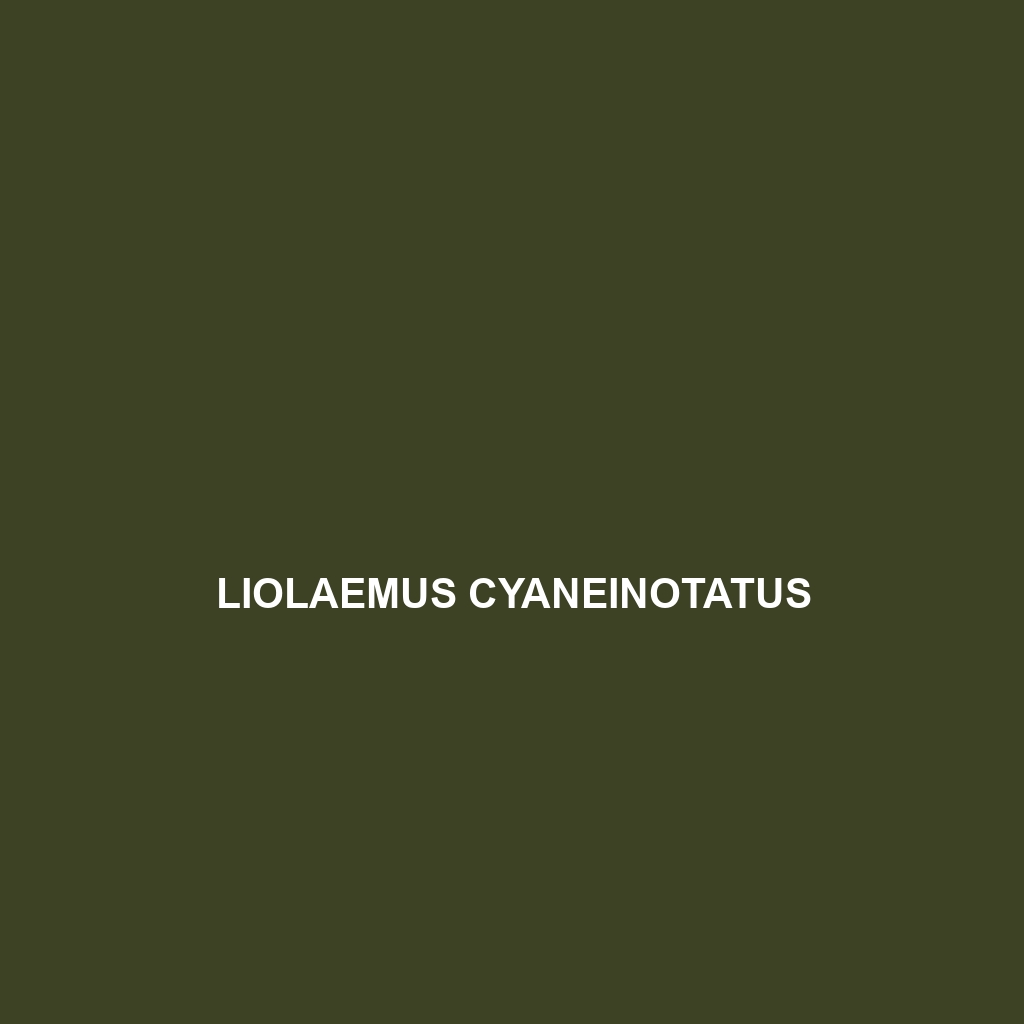Introducing the Phymaturus antofagastensis, a captivating lizard native to the arid regions of northern Chile, known for its robust body, intricate coloration, and unique adaptations that allow it to thrive in rocky habitats. This vulnerable species plays a critical role in maintaining ecological balance by controlling insect populations while showcasing intriguing behaviors and a fascinating reproductive strategy.
Tag: Mediterranean climate
Montivipera xanthina
The Montivipera xanthina, or yellow-spotted viper, is a nocturnal snake native to the Taurus Mountains of Turkey, characterized by its robust triangular head, distinctive yellow or cream-colored spots, and a diet primarily consisting of small mammals and birds. This ovoviviparous species plays a vital role in its ecosystem as both a predator and prey, contributing to the ecological balance of its mountainous habitat.
Mediodactylus heterocercus
Introducing the Mediodactylus heterocercus, a small nocturnal insectivore found in the Mediterranean region, thriving in diverse habitats like temperate forests and rocky hillsides. This species is characterized by its unique heterocercal tail, flattened body for camouflage, and its vital role in maintaining ecological balance as both a predator and prey.
Macroprotodon cucullatus
Discover the Hooded Snake (Macroprotodon cucullatus), a small, agile predator found in North Africa and the Canary Islands, known for its distinctive pointed head and nocturnal behavior. This adaptable species thrives in diverse habitats, primarily feeding on small vertebrates while playing a crucial role in maintaining ecological balance.
Liolaemus vallecurensis
Liolaemus vallecurensis, a medium-sized lizard from South America, thrives in semi-arid habitats of Argentina and Chile, exhibiting distinctive earthy coloration for camouflage and engaging in vibrant territorial displays during the breeding season. This insectivorous species plays a crucial role in its ecosystem by regulating insect populations while also serving as prey for larger predators.
Liolaemus tristis
<p><b>Liolaemus tristis</b> is a slender lizard native to the temperate forests and grasslands of central Chile and Argentina, characterized by its dark brown to olive green coloration, diurnal foraging habits, and territorial behavior. As an insectivore, it plays a crucial role in controlling insect populations within its ecosystem, while its live-bearing reproductive strategy ensures the survival of its young in a variety of habitats.</p>
Liolaemus torresi
Liolaemus torresi, a moderately sized lizard native to central Chile's arid regions, showcases vibrant coloration and thrives in rocky terrains. This unique species is primarily insectivorous, exhibits fascinating diurnal behaviors, and plays a vital role in its ecosystem by controlling insect populations.
Liolaemus sanjuanensis
<b>Liolaemus sanjuanensis</b> is a striking lizard native to the rocky outcrops and scrubland of San Juan Province, Argentina, displaying earthy tones that aid in camouflage and growing up to 20 cm in length. This diurnal insectivore exhibits unique social behaviors, such as basking in groups and performing territorial displays, while playing a crucial role in maintaining the ecological balance of its habitat.
Liolaemus punmahuida
The Liolaemus punmahuida, or Patagonian lizard, is a vibrant, omnivorous reptile found in the temperate forests and scrublands of Patagonia, characterized by its striking coloration and powerful limbs. This diurnal species plays a crucial role in its ecosystem by controlling insect populations and contributing to soil health.
Liolaemus cyaneinotatus
Introducing the Liolaemus cyaneinotatus, a striking lizard native to the temperate forests and grasslands of southern South America. With its vibrant blue head and dark glossy body, this agile insectivore plays a crucial role in maintaining ecological balance while showcasing unique behaviors and adaptations in its Mediterranean habitat.









